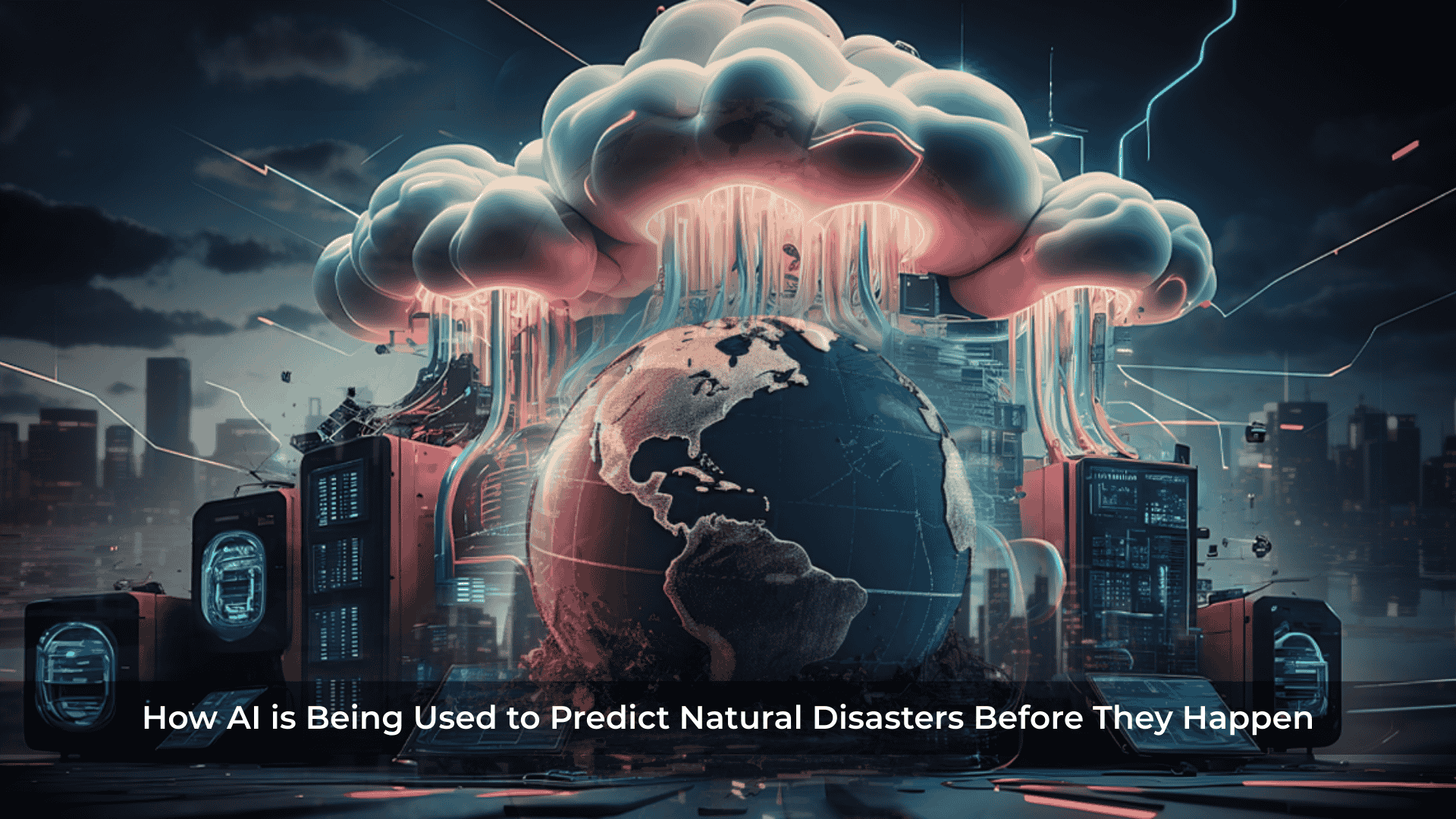Natural disasters such as earthquakes, hurricanes, wildfires, and floods cause massive destruction and loss of life. Traditional forecasting methods have improved, but artificial intelligence (AI) is revolutionizing disaster prediction, making forecasts more accurate and giving communities more time to prepare.
By analyzing vast amounts of data from satellites, sensors, and historical records, AI can detect patterns humans might miss—helping predict disasters before they strike. But how is AI being used for disaster prediction, and what are its real-world applications?
How AI Predicts Natural Disasters
AI uses machine learning (ML) and deep learning algorithms to process enormous datasets and identify warning signs of impending disasters. Here’s how it works:
- Data Collection: AI gathers information from satellite images, weather sensors, seismic activity monitors, and historical disaster records.
- Pattern Recognition: AI analyzes data trends to identify early warning signs of disasters.
- Real-Time Monitoring: AI continuously updates predictions based on new data, improving accuracy.
- Early Warnings: Governments and emergency services receive alerts, allowing for timely evacuations and disaster preparedness.
AI Applications in Predicting Specific Natural Disasters
1. Earthquake Prediction
- AI analyzes seismic patterns and underground shifts to detect early warning signs of earthquakes.
- Scientists at Google’s DeepMind and other institutions are using AI to predict aftershocks and tremors.
- AI-powered early warning systems can provide alerts seconds to minutes before an earthquake strikes, allowing people to take cover.
2. Hurricane and Cyclone Forecasting
- AI improves storm tracking by analyzing satellite images, wind speeds, and ocean temperatures.
- NOAA (National Oceanic and Atmospheric Administration) uses AI to enhance hurricane path predictions and estimate landfall locations.
- AI-driven models have reduced hurricane forecasting errors by 30-40% compared to traditional methods.
3. Wildfire Detection and Prevention
- AI processes satellite imagery and climate data to identify fire-prone areas before a wildfire starts.
- Systems like California’s FUEGO AI detect wildfires in real time using thermal imaging and weather analysis.
- AI can predict fire spread patterns, helping firefighters deploy resources more efficiently.
4. Flood and Tsunami Prediction
- AI analyzes rainfall patterns, river levels, and climate models to predict floods days in advance.
- Google’s AI-powered flood forecasting system has been deployed in India and Bangladesh, providing real-time flood alerts to millions.
- AI-based tsunami warning systems detect underwater seismic activity to estimate tsunami risk.
5. Landslide Prediction
- AI evaluates topography, rainfall, soil conditions, and past landslides to predict future landslides.
- In Nepal and Japan, AI is used to identify high-risk zones, allowing authorities to issue evacuation warnings.
AI in Action: Real-World Examples
- Google’s Flood Forecasting Initiative – Uses AI to provide early flood warnings in South Asia, benefiting millions.
- IBM’s AI-Powered Weather Forecasting – Enhances weather models to predict storms, heatwaves, and severe weather conditions.
- NASA’s Landslide Hazard Assessment Model – Uses AI to pinpoint landslide-prone areas worldwide.
- Firesense AI – Detects wildfires early using drones, satellite data, and thermal imaging.
The Future of AI in Disaster Prediction
AI rapidly transforms disaster forecasting, but future advancements could make predictions even more precise. Potential improvements include:
- AI-Powered Drones – Monitoring disaster-prone areas in real-time.
- Quantum Computing & AI – Faster data processing for instant disaster predictions.
- AI-Based Disaster Response Systems – Automating emergency response efforts and resource allocation.
- Climate Change Modeling – Predicting long-term changes in natural disaster frequency and severity.
As AI technology evolves, it will play an even more significant role in safeguarding communities against natural disasters, potentially saving millions of lives.
Would you trust AI-generated disaster predictions over traditional forecasting methods?

